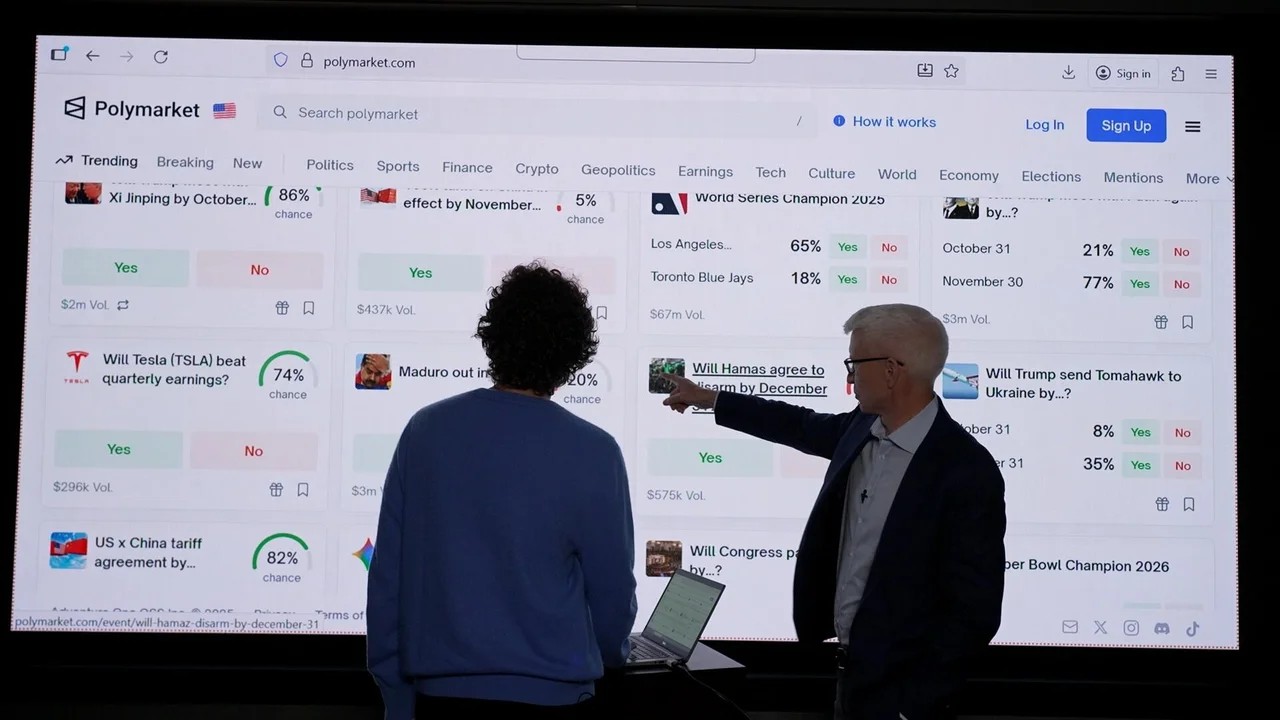Psychological Safety: Why It’s the #1 Secret Behind High-Performing Teams

In the startup world, success is often attributed to hustle, brilliance, and capital. We idolize visionary founders, lean into bold strategies, and dissect unicorn valuations like treasure maps. But when it comes to building truly successful teams, the kind that turn vision into lasting value, there’s something far less obvious and far more human at play.
It’s not intelligence.
It’s not experience.
It’s not even shared goals.
It’s psychological safety — the feeling that you can speak up, take risks, and be yourself at work without fear of embarrassment, punishment, or rejection.
And if that sounds like a soft metric with little bearing on hard business outcomes, think again. In a world where productivity tools are commoditized and talent is global, how your team interacts and how safe they feel might be your most durable competitive edge.
The Billion-Dollar Team-Building Experiment: Google’s Project Aristotle
In 2012, Google launched an internal research initiative with a deceptively simple question: “What makes a team effective?”
It wasn’t a philosophical exercise. The stakes were real. Google, then already a tech giant, wanted to crack the code of team performance, not just for one team, but across the organization. The project was named Project Aristotle, a nod to the philosopher’s idea that “the whole is greater than the sum of its parts.”
Over two years, Google studied more than 180 teams. Their researchers analyzed everything: personality types, communication patterns, work styles, educational backgrounds, leadership dynamics, even how often people ate lunch together. They tried to find patterns, any signal that correlated with high performance.
At first, nothing added up. There was no ideal mix of introverts and extroverts. No magic number of PhDs. No single combination of skill sets.
Then something unexpected surfaced. The highest-performing teams had one critical thing in common: a shared sense of psychological safety.
What Is Psychological Safety?
The term was first coined by Harvard Business School professor Amy Edmondson, who defined it as a “shared belief that the team is safe for interpersonal risk-taking.”
In practical terms, psychological safety is the confidence that you can:
- Admit a mistake without fear of being judged.
- Ask a question without being labeled as ignorant.
- Disagree with your manager without being punished.
- Share a wild idea without being laughed at.
Google’s data showed that psychological safety was more predictive of team success than any other factor, including individual IQ, leadership experience, or even the clarity of goals. The safer people felt, the more they spoke up. The more they spoke up, the more ideas got refined, problems were solved early, and momentum was sustained.
That one insight changed how Google built teams, and should change how startups think about culture altogether.
What It Looks Like (and Doesn’t)
Psychological safety isn’t about being agreeable all the time. It’s not a culture of “yes men” or perpetual harmony. In fact, the safest teams often have the most diverse opinions and liveliest debates.
What sets them apart is how they disagree.
Imagine two teams facing a critical product deadline. In Team A, the junior designer hesitates to point out a flaw in the UI flow because the lead engineer tends to shut down feedback. The bug gets missed, users complain, and trust erodes.
In Team B, the same designer feels confident saying, “I think we might have overlooked something here.” The engineer listens, revisits the code, and the issue is fixed before launch.
Same problem, different outcomes. The difference isn’t competence, it’s culture.
Why Founders Should Obsess Over Psychological Safety
For early-stage startups, every hire is a multiplier. But here’s what most founders miss: you’re not just hiring skills, you’re setting behavioral norms.
And psychological safety doesn’t emerge by accident. It’s built, or broken, by the way leaders respond to tension, failure, feedback, and vulnerability.
In fast-moving environments where mistakes are inevitable, psychological safety is the buffer between iteration and implosion. It allows people to:
- Admit what they don’t know (so the team can move faster).
- Ask for help (so burnout is reduced).
- Flag issues early (so disaster is prevented).
- Share unpolished ideas (so innovation thrives).
If team members are walking on eggshells, you’re wasting cognitive bandwidth on self-preservation instead of creation. And worse, you’re letting valuable data die in silence.
The Science Behind the Safety
Amy Edmondson’s foundational research at Harvard revealed that teams with high psychological safety outperformed others, even when the individual members had average intelligence or experience. What mattered was the group’s ability to communicate openly, learn quickly, and adapt continuously.
In one of her famous studies, Edmondson found that hospitals where nurses reported more mistakes actually had better patient outcomes. Why? Because they weren’t making more errors, they were simply more honest about them. And that honesty led to faster learning and fewer repeat failures.
Google’s findings echoed the same truth. The best teams weren’t perfect, they were transparent. They turned every misstep into a data point, every disagreement into a design improvement.
Building Psychological Safety in Your Startup
Creating this kind of culture takes intentional effort. Here’s how founders can embed safety into their team’s DNA, without bullet points, just real habits.
Start with yourself. Founders set the tone. If you interrupt others, dodge hard questions, or avoid feedback, you’re signaling that honesty is dangerous. Try this instead: say, “I messed that up,” in your next team meeting. Watch what happens. Vulnerability is contagious, in the best way.
Normalize feedback. Make reflection a ritual, not a reaction. Introduce weekly retros where anyone can say what’s working and what’s not. Use inclusive phrases like, “What did we miss?” or “What could we have done better together?” The language of collaboration is powerful.
Design safe entry points. Not everyone is ready to speak up in a group. Offer one-on-one check-ins, anonymous surveys, or “red-yellow-green” emotional updates to keep the door open for quieter team members.
Celebrate candor, not just wins. When someone raises a concern early, even if it turns out to be nothing, thank them. When a teammate says, “I don’t know,” don’t fill the silence. Reward honesty with trust, not urgency.
Don’t weaponize culture. Startups often overemphasize “culture fit,” which can become a filter for sameness. Instead, look for “culture add”, people who challenge your blind spots and force growth. Safety isn’t comfort; it’s confidence in the process of discomfort.
The Mistakes Founders Make
Even well-meaning founders can kill safety without realizing it.
They assume that because everyone smiles in meetings, everything’s fine. They hire quickly, set big goals, and expect loyalty, but never ask what their team is afraid to say. They conflate silence with alignment. They over-celebrate output and ignore the emotional inputs behind it.
Or they swing too far the other way: building a “fun” culture full of perks but avoiding hard conversations, mistaking politeness for progress.
Psychological safety isn’t softness. It’s structured honesty. It means you address tension, not deflect it. It means no one hides their thoughts to protect your ego.
Real-World Lessons from Founders Who Got It Right
When Patty McCord, former Chief Talent Officer at Netflix, helped craft the company’s culture deck, one of the core ideas was “freedom and responsibility.” That culture wasn’t just about flexibility, it was about trusting people to be adults, speak truth, and own their impact.
Ed Catmull, co-founder of Pixar, insisted on building an environment where people could “say what they really thought”, even to the most powerful voices in the room. Pixar’s legendary “Braintrust” meetings were raw, unfiltered, and emotionally honest. That culture of safety is why Pixar produced 15 box office hits in a row.
The Human Advantage
Let’s be honest, most startups won’t outdo the big players. You may not win the tech arms race. But you can win the trust race.
In the long run, what separates enduring teams from exhausted ones isn’t strategy, it’s psychological stamina. And stamina comes from safety. It comes from knowing that your voice matters, that your leader listens, and that mistakes are part of building something bold.
The irony? Safety accelerates speed. When teams don’t have to tiptoe, they run faster. When people don’t have to protect themselves, they protect the mission.
So the next time you think about scaling your startup, don’t just think about headcount or funding rounds.
Ask instead: Can my team say what needs to be said? Can they speak up without fear? Can they fail without hiding?
Because if they can, you’ve already built something more powerful than product-market fit.
You’ve built trust. And trust scales better than anything else.
Read - A startup founder's guide to managing conflicts

square.jpg)










